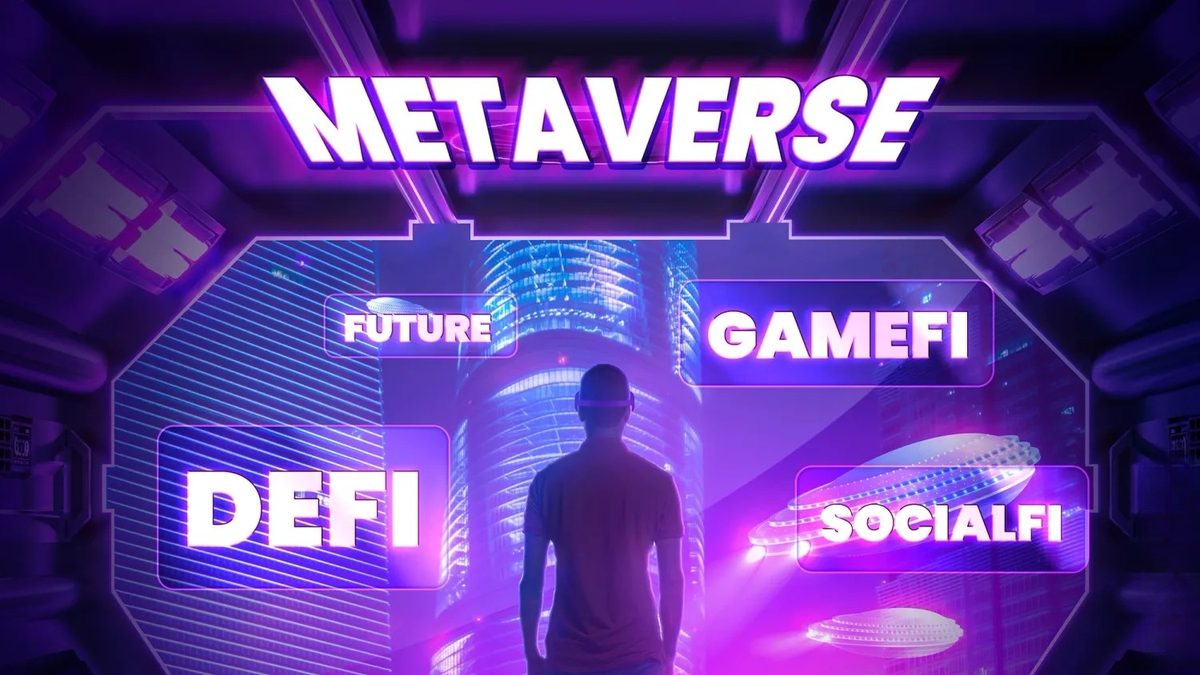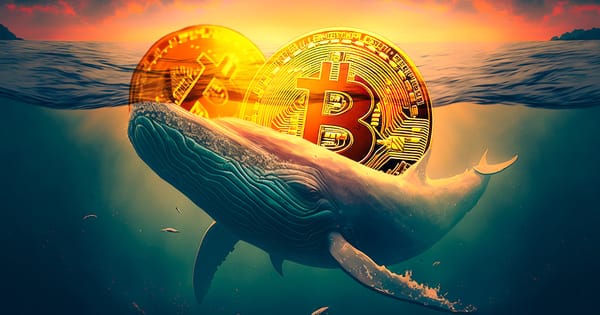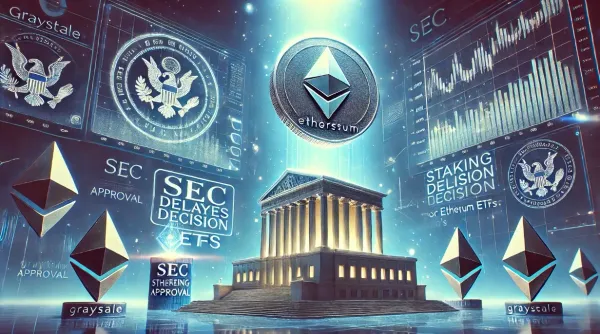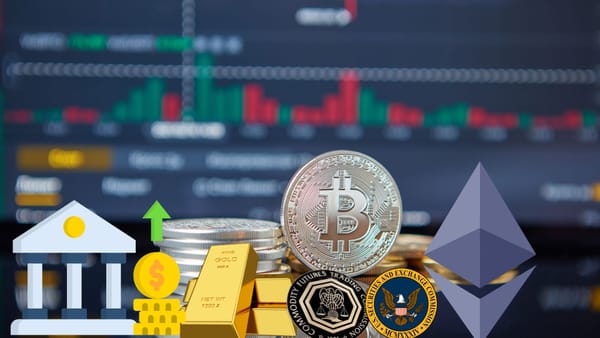Why DeFi, GameFi, and SocialFi Exist Alongside Metaverse

Metaverse is poised to be the next evolution of the internet, a convergence point for various virtual economies facilitated by Web3. Within this space, decentralized finance (DeFi), gaming (GameFi), and social media (SocialFi) emerge as distinct yet interconnected models.

In the realm of Web3, we traditionally view DeFi, GameFi, and SocialFi as separate sectors. These sub-groups of Web3 have evolved at different times over the past few years. However, as the Metaverse concept matures, we increasingly see them integrated into the Metaverse experience as horizontal layers.
Most current projects in DeFi, GameFi, and SocialFi are standalone decentralized applications (DApps). Yet, as the Metaverse becomes a part of these projects, this independence is likely to evolve.

Consider a GameFi application within the Metaverse. It offers a dedicated gaming experience to attract users into the Metaverse. They play games and, upon completion, exit the platform. Similar scenarios occur with DeFi and SocialFi applications.
Users coming to these platforms typically engage in DeFi transactions or want to interact with friends in experiences akin to Twitter or Instagram, which are vertical phone experiences that stand out.
However, the Metaverse is more than just a collection of applications. It's a package of conscious and subconscious user experiences within an expandable economic model.

Conscious experiences involve deliberate interactions, while subconscious ones are more casual. Understanding this difference is crucial for how these applications interact within the Metaverse—should they blend in or stand out?
Let's delve into some examples:
- A conscious user experience: A traveler uses $10 from their wallet to purchase a ticket to London at a ticket counter.
- A subconscious user experience: A commuter uses NFC on their phone to tap and pass through a gate at a train station.
In fintech applications, the goal is seamless, frictionless, and as subconscious as possible. Similarly, in GameFi, users engage in competitive experiences like "Call of Duty" through likes and views on Instagram.
In the Metaverse, all three models—DeFi, GameFi, and SocialFi—will embed seamlessly. This integration doesn't necessarily favor more subconscious experiences but rather emphasizes vertical experiences.

The future of creating and exchanging value transcends national and legal boundaries, focusing instead on specific ecosystems tailored to their needs.
For example, a Metaverse incorporating DeFi might provide opportunities for microtransactions. Meanwhile, a SocialFi-enabled Metaverse requires a creative ecosystem where contributors receive recognition and compensation.
As these spaces develop, microtransactions, NFT-backed loans, or NFT marketplace rental mechanisms become prevalent in the Metaverse economy.
Each feature aims to establish an expandable economic model within the Metaverse. E-commerce in the Metaverse has already been tested in various ecosystems.

Imagine a user wanting to purchase an NFT handbag in an art gallery room but lacking liquidity. With integrated NFT-lending, they could use their Ape or Punk to borrow USDC for the purchase.
User interface design plays a crucial role in facilitating these transactions. Native NFTs could streamline such processes even further, increasing in value as users spend more time in the ecosystem, especially with upgrade mechanisms.
GameFi, typically associated with play-to-earn platforms like Axie Infinity, leverages gaming elements to enhance user retention and engagement, crucial for platform sustainability.

Components of GameFi rely on both DeFi and SocialFi for success. For instance, those aiming for leaderboard positions might lease or rent NFTs to participate, relying on SocialFi elements for community and creator engagement.
Lastly, SocialFi preserves the economic soul of creators in the Metaverse by deploying genuine interactions.
Sustainable models ensure that all economic actors contribute proportionally to the value they add, maintaining SocialFi principles.

In conclusion, DeFi, GameFi, and SocialFi are essential for a comprehensive Metaverse experience. Even if Metaverses concentrate on specific themes like sports or arts, these elements are crucial for their existence and scalability.
Ultimately, a Metaverse expands its scale when DeFi brings financial elements, GameFi enhances experiential factors, and SocialFi establishes trust among economic agents.
Without these elements, a Metaverse might lack commercial scalability, user motivation, and ecosystem integrity. They need to coexist to create a sustainable economy and a rich experience for Metaverse users and creators.



